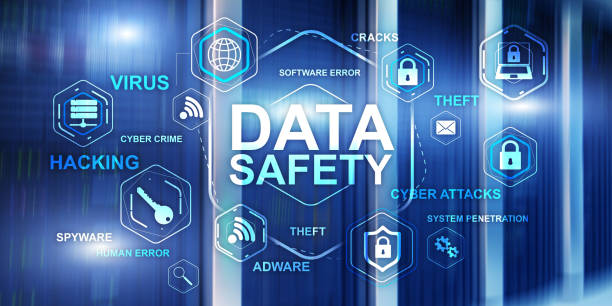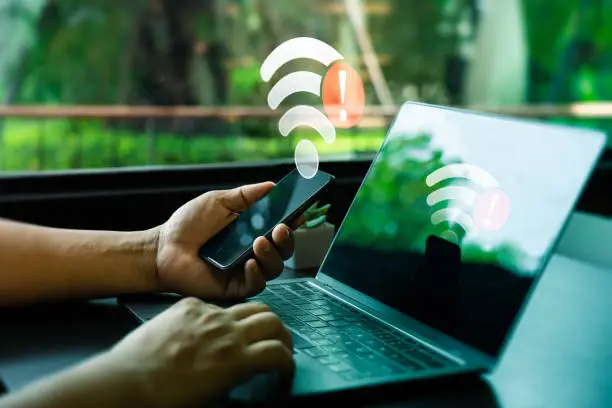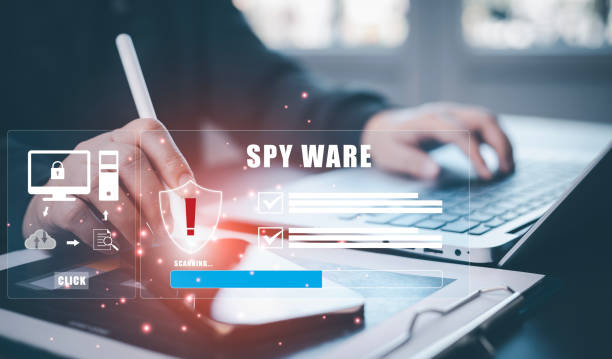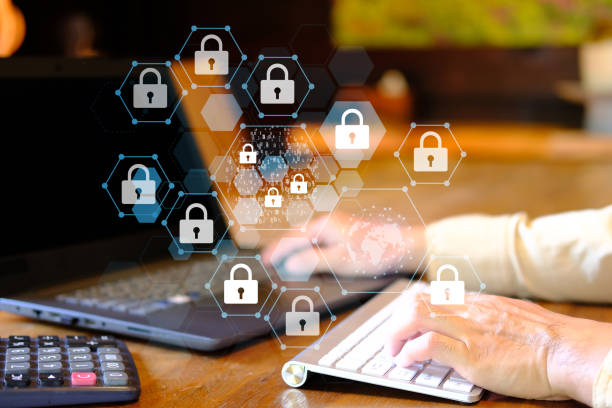Introduction to the 2025 Cyber Threat Landscape
Why Cybersecurity Matters More Than Ever
Cybersecurity isn’t just an IT issue anymore—it’s a business, personal, and even national security concern. In 2025, our lives are more connected than ever, from smart fridges in our kitchens to AI bots managing sensitive data. That level of connectivity? It’s a double-edged sword.
Hackers have become smarter, faster, and, quite frankly, more creative. The cost of cybercrime is projected to reach $10.5 trillion annually by 2025, according to Cybersecurity Ventures. That’s not just a big number—it’s a warning bell.
Lessons from the Past: A Quick Recap of 2024 Threats
Last year saw a spike in ransomware attacks, high-profile data breaches, and even cyberattacks on infrastructure. Think of the MOVEit Transfer exploit or the Las Vegas casino hacks. These weren’t just random acts—they were calculated, coordinated, and costly.
Emerging Technologies Creating New Vulnerabilities
AI and Machine Learning in Cybercrime
AI has revolutionized many industries, and sadly, cybercrime is one of them. Hackers now use machine learning to automate attacks, bypass security systems, and even personalize phishing emails that look scarily real.
Imagine getting an email that sounds like your boss, referencing a real meeting you had—AI makes that possible.
The Rise of Quantum Computing Threats
Quantum computing is still in its infancy, but it’s getting there fast. The danger? Quantum computers could potentially break traditional encryption, rendering our current cybersecurity measures useless.
Post-quantum cryptography is being researched, but it’s a race against time.
Critical Sectors at High Risk
Healthcare Systems and Patient Data
Hospitals and clinics are goldmines for hackers. Patient records can sell for 10x more than credit card data on the dark web. With connected devices like insulin pumps and pacemakers, the stakes are literally life or death.
Financial Institutions Facing Digital Heists
Banks are beefing up their digital platforms—but so are the crooks. Credential stuffing, social engineering, and API vulnerabilities are just some of the tools criminals use to empty accounts without triggering alarms.
Top Cybersecurity Threats to Watch in 2025
AI-Powered Phishing Attacks
Forget badly worded scam emails. In 2025, AI crafts flawless phishing messages, customized for each recipient. These attacks are almost indistinguishable from real communication.
One wrong click? Boom—you’re compromised.
Deepfake Scams and Synthetic Identity Fraud
Thanks to AI, scammers can now fake video calls, audio, and documents with eerie precision. Picture your CEO asking for a wire transfer in a video call… and it’s not actually them.
Scary? Yep. Real? Very.
Supply Chain Attacks Targeting Trusted Vendors
Hackers aren’t just targeting companies—they’re going after their suppliers. Infiltrating one software vendor can give access to hundreds of clients. Remember SolarWinds? That’s a classic supply chain attack.
Ransomware-as-a-Service (RaaS)
No need to be a coding genius to be a cybercriminal anymore. Ransomware kits are now sold on the dark web like subscription services. Pay a fee, get a dashboard, launch attacks. It’s cybercrime made easy.
Attacks on IoT Devices and Smart Homes
Smart homes are becoming normal. Unfortunately, most IoT devices lack strong security. Hackers can exploit vulnerabilities to spy on users or gain access to home networks. Think baby monitors, thermostats, and smart locks.
Cloud Infrastructure Breaches
As more companies move to the cloud, cloud misconfigurations are becoming one of the top causes of data breaches. Weak APIs and poor access controls can leave entire systems wide open.
Mobile Malware on the Rise
Our phones are basically computers now. And yes, they’re getting attacked too. In 2025, mobile malware is expected to increase dramatically, targeting banking apps, digital wallets, and even two-factor authentication codes.
Social Engineering Getting Smarter
Scams aren’t always about code. They’re about psychology. And with access to social media and data leaks, hackers can tailor attacks that play on fear, urgency, or trust. It’s digital con artistry.
Government and Nation-State Cyber Threats
Cyber Warfare and Political Espionage
Cyberattacks between nations are no longer Cold War fantasy—they’re reality. Governments are hiring hackers to spy, disrupt, and manipulate other countries, especially during elections or international conflicts.
Nation-Sponsored Hacking Groups
Groups like Lazarus (North Korea), APT29 (Russia), and Charming Kitten (Iran) are not rogue actors. They’re organized, funded, and trained. Their missions range from theft to political sabotage.
How to Protect Against These Threats
Embracing Zero Trust Architecture
“Never trust, always verify.” That’s the mantra of Zero Trust. Every request is treated as suspicious until proven safe. This model minimizes risk, even if attackers manage to get inside the system.
Cybersecurity Awareness and Employee Training
You can have the best firewalls, but if Bob in accounting clicks a fake invoice, it’s game over. Regular training is key. People are the first—and often weakest—line of defense.
Multi-Factor Authentication and Strong Passwords
It sounds basic, but it works. MFA blocks over 99% of automated attacks. And ditch those “123456” passwords. Password managers like 1Password or Bitwarden are lifesavers.
Future-Proofing Cybersecurity Strategies
Role of AI in Defensive Security
It’s not all doom and gloom—AI can fight back too. AI-driven security tools can detect unusual behavior, automate responses, and patch vulnerabilities faster than humans ever could.
Importance of Cyber Insurance in 2025
Sometimes, despite best efforts, things go wrong. Cyber insurance helps cover losses—from ransom payments to recovery costs. Just make sure your policy covers emerging threats.
Conclusion: Staying One Step Ahead
Cybersecurity in 2025 is like playing chess with a shadow—you never quite know what the next move will be. But with the right awareness, tools, and mindset, you can stay several steps ahead of the hackers.
Whether you’re a business owner, employee, or just someone who loves their smart gadgets, staying informed is your first defense. Don’t wait for a cyberattack to happen—prepare for it today.
FAQs
Q1: What is the biggest cybersecurity threat in 2025?
AI-powered phishing and deepfake attacks are leading threats, due to their ability to deceive users with realistic content.
Q2: How can small businesses protect themselves?
Adopting Zero Trust, training employees, using MFA, and investing in reliable cybersecurity tools are essential first steps.
Q3: Are mobile devices more at risk now?
Absolutely. Mobile malware is on the rise, and attackers are increasingly targeting phones for financial



